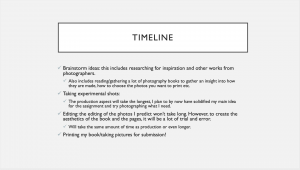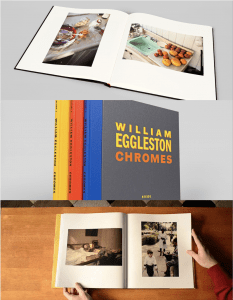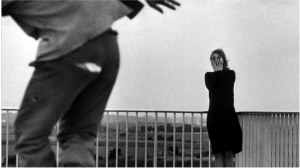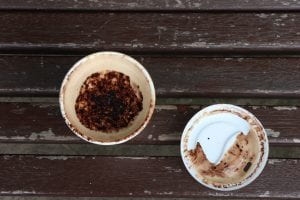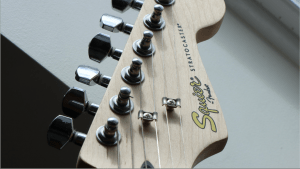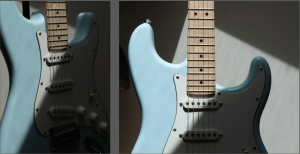The brainstorming process for this assignment began with extensive research. For me personally, the best photography that I get drawn to and inspired by are photographers that see the exact same as everyone else, and yet can highlight the beauty within the frame. Hence for this project, I really wanted to hone in on these skills and exercise my photographic eye. I love street photography on film, and would like to challenge myself to replicate or mimic a popular photographer’s style, this research led me to William J Eggleston.
William Joseph Eggleston Jr, born 1939 and is now 81 years old, is a famous American colour photographer that at the height of his career validated the legitimacy of colour photography as a photographic medium. His work goes on to inspire many for its representation of mundane things, whilst beloved because of their colour, composition and framing. He connotes a lot of his inspiration to car culture, in which you can see in his photographs as well as his local town of Memphis.
Focusing on Eggleston for this Mimesis Project at first seemed simplistic. In our well established society the utilisation of colour in architecture has evolved and become very common. With myself living in Fitzroy, I thought I would have a lot of opportunities to capture similar photographs to Eggleston purely by walking around. However, I began to see that it didn’t feel the same. I wasn’t sure whether it was because of the weather or that I wasn’t looking hard enough, but perhaps the different cultures and time periods are just presented differently on film. Eggleston’s photography seemed warm, if inviting, and always allowed colour to carry the picture. To mimic this, it proved quite difficult. I realised I was walking around looking for anything colourful was basic compared to Eggleston, and that his eye is far superior to mine. I didn’t have the readily available old blue mustang cars on a backwash pink wall, or the neon lights in a deserted gas station to guide me. Yet I found myself seeking for anything with opposing colours. I found a lot of houses with random colour doors but felt it was too boring. If I did find anything colourful it was old, rusted, as if it didn’t have much life to it anymore. Nothing seemed to pop on my viewfinder like Eggleston’s photos must have. Hence promoting me to think, maybe I can fix this in post production?
Post production allowed me to make my digital photographs turn into film look a likes. I edited them in a way that mimicked an old film camera to really establish a connection to the late photographer. Yet I found, with the higher grains the colour seemed more dull than ever. At this point Eggleston was like a hero to me. How did he achieve the colour he achieved? He normalised simply walking around your neighbourhood and capturing mundane things, yet I did the same and I feel short handed.
This was a huge learning curve for me. From me thinking that this project was maybe too simplistic and that I required another dimension to allow myself to explore new things, to me not feeling fulfilled with the work I achieved to grasp. That’s still what I feel about this project, unfulfilled. I know I could have done better, perhaps by going to places that I knew emphasised colour (like certain restaurants in the city, or cafes in South Yarra), but I forced myself to remain local and just walk around as Eggleston probably did too. I think I showcased a range of different colours which I am proud of, including different tones and settings. Enabling me to showcase my extensive ability with different environments which I think is pretty cool. With what I’ve achieved I think I really tried to highlight colour. However I do feel like I’ve failed this assessment. I just couldn’t grasp the same feeling Eggleston’s photographs connoted in my own. It’s actually quite frustrating, but I’ll take this project as a learning experience. I feel motivated to continue trying to create a frame like Eggleston, and I find myself wanting to buy his books, and watch every video on him to aid in that. This project allowed me to gain a new appreciation for photographers. I didn’t want to do a photographer who focus on the editing process or highly manipulated their photos to create a certain effect. I wanted a person, a camera and the streets around them. And I think I found a photographer I will look up to for the rest of my life.


